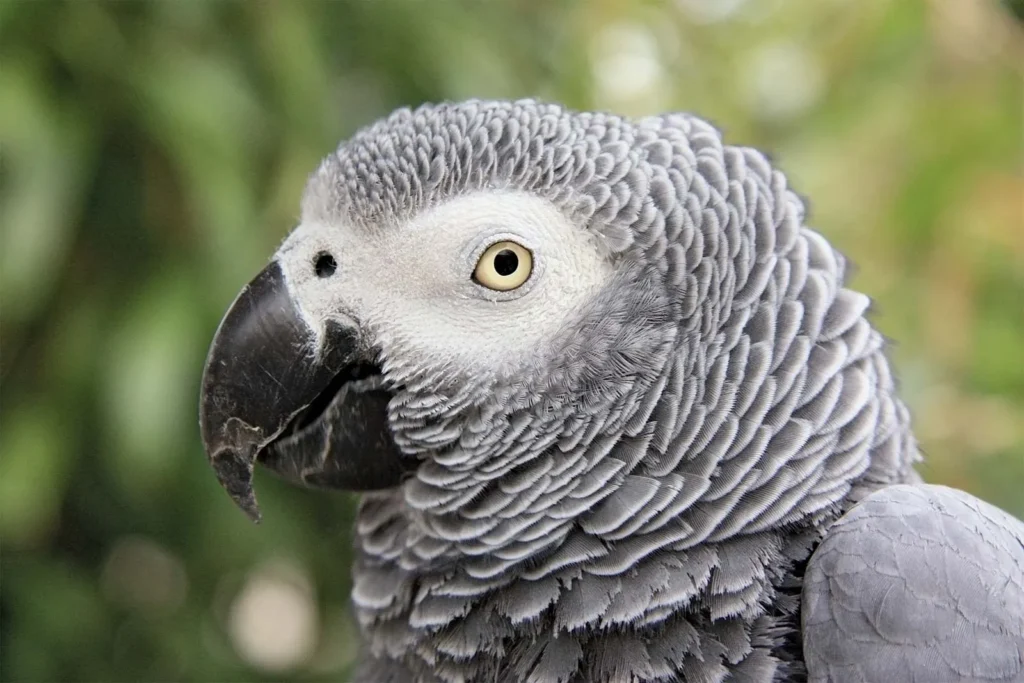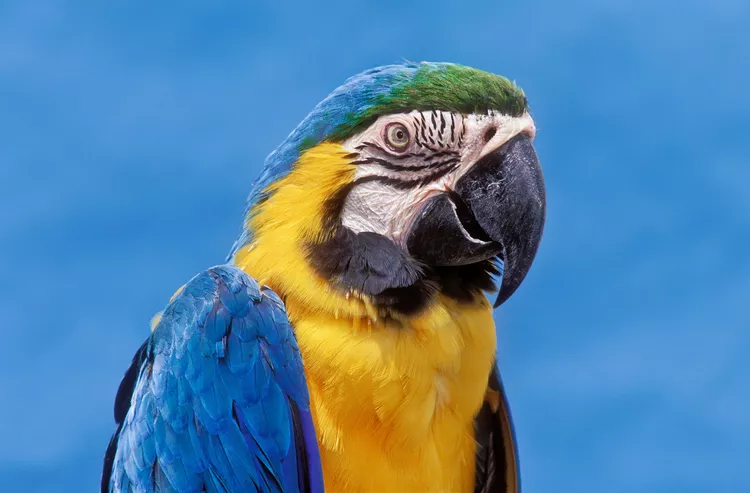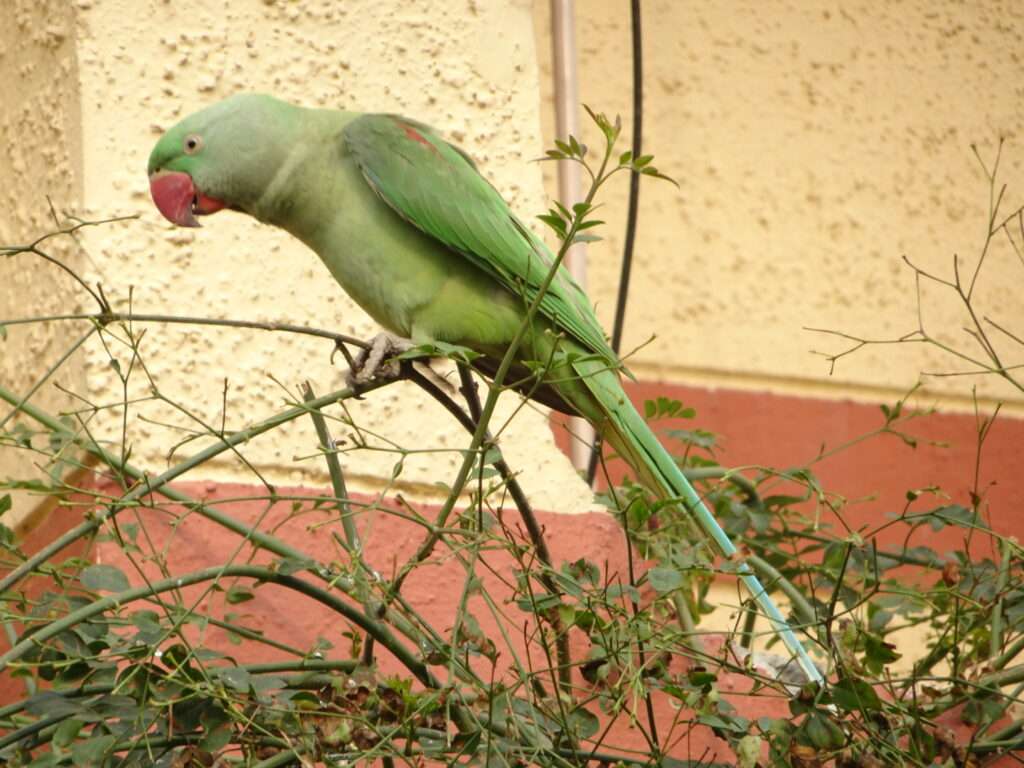
Description
Lifespan: 15 years
Brightly colored and mostly ground-dwelling, the Indian peacock (Pavo cristatus) is a species of bird. The male Indian peacock is a colorful bird with a crest made up primarily of blue feathers with spatula tips. Its long train (tail) is made up of extended upper-tail covert feathers with vivid eyespots. During courtship, these stiff feathers are lifted into a fan and quivered. Peacocks can still fly in spite of the size and length of their covert feathers. Females (peahens) lack the train and have duller, greener brown feathering on their lower necks. Young males have a similar appearance to females, but have chestnut-colored wings.
Habitat
India and Sri Lanka are home to the Indian peacock (Pavo cristatus). They forage for grains and berries on the ground, spending most of their time in woodlands, but they can fly and roost in trees as well. Peacocks are frequently spotted sauntering over the countryside close to towns in northern India. Peacocks typically remain together in small groups of one male and three to five females, or a group of females with their young.

Behavior
Indian peacock forage in small groups, usually consisting of a cock and three to five hens, and spend the most of their time on the ground. The groups often consist only of females and young after the breeding season. They are seen in the open in the early morning and prefer to hide during the hottest part of the day. Indian peacock frequently take a dust bath, and at twilight, flocks of them move in single file to a favourite watering place to drink. They rarely take to the air when startled and often flee by running. Peacock roost in packs on large trees at night, though they may cling to rocks, structures, or pylons. At dusk, birds begin to arrive and call frequently before settling into their positions on the roost trees. Loud sounds are made by Indian peacock, especially during the breeding season. When alarmed at night, they might make a series of relay-like calls with nearby birds. Loud ‘pia-ow’ or’may-awe’ calls are the most typical.
Care as Pet
When raising Indian peacock, they need a lot of water to drink, but they won’t bathe in it because it makes their feathers heavier. If their feathers do get wet, they wait until they are dry in a secure area. They take dust baths instead of water baths, which aid in getting rid of any parasites or pests.
The Indian Peacock is an omnivore that eats amphibians, worms, reptiles, insects, and terrestrial animals.
Table





